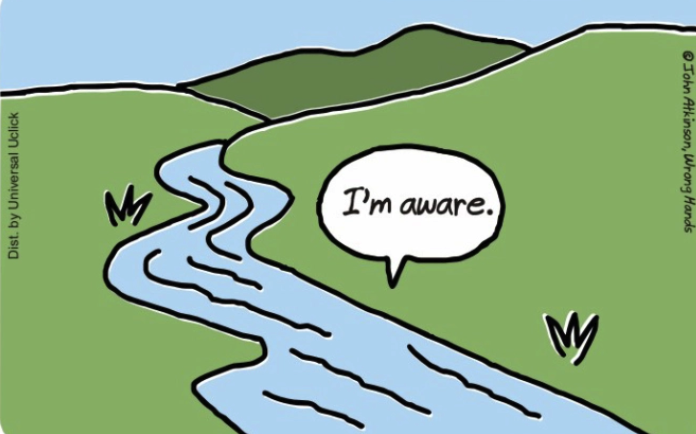Why should the paper be only online? Can you think of any good reasons for why it should be in print? Anything I can think of can be summed up as follows: maintaining the tradition of printed newspapers, providing a medium which students are more likely to read, and satisfying a preference for printed newspapers that, frankly, can’t be very well explained by anything other than nostalgia. But are any of these really good reasons for keeping the paper in print? A tradition of printed papers developed because that was the only medium available for hundreds of years. Simply put: print was the best option, then; it is not the best option, now. Any students genuinely interested in learning about what is going on at Westminster will surely be willing to read off their laptops, iPads, or smart phones—for which we will develop apps that make The Bi-Line more, not less, readily available for casual perusal. Why satisfy a tentative preference for print when there are so many advantages to publishing only online?
To understand both why the print edition should, and will, be discontinued, you have to know a little about the process involved in creating the The Bi-Line. After collecting and editing all the articles, we begin what is called “laying out” the paper. For each issue we designate a layout weekend on which we work. Beginning that Friday, and working through the next Tuesday night, we use the four computers in The Bi-Line room and the program InDesign to place the articles on pages along with pictures. Sounds simple? It isn’t.
Last issue serves as a good measure for the minimum time required, because it was an eight-page issue (as opposed to 12 or 16 pages, which were more common before this year). On Friday, Dec. 9, we began our layout weekend working with editors on all four computers from three to five. Saturday and Sunday we used all four computers for a total of eight hours. On Monday and Tuesday after school we used three computers for a total of about five hours. That means we spent a total of 55 hours laying out the paper last issue. 55 hours over a five-day period, for one issue. With seven issues a year, that means we spend a total of 385 hours simply laying out The Bi-Line. Almost none of that time is spent on writing or improving articles, and all of that time is extra-curricular, done on top of regular schoolwork.
For the basis of comparison, last issue it took our two online editors about five hours total to put everything on our new website. That’s a difference of 50 hours of work. 50 hours that could be spent improving content, working more on web design, and cultivating great writers at our school. The time drain of layout deprives the newspaper of creativity and opportunity. It deprives the staff of learning, too. The print edition forces us to master a dead end, obsolete process, and deprives us of learning relevant skills like journalistic writing and web design.
So, if print doesn’t work, what is so great about online? Well, it has advantages in just about every way print has disadvantages. Online layout is a much more streamlined and time saving process, and can be done from any computer with internet, removing the need for countless hours on the four computers in the windowless Bi-Line room in the bowels of Campbell. Furthermore, Web design is a skill editors can take with them to college and beyond.
Eliminating the print edition and moving the website out from behind the Wildcat Web would will the paper more readily accessible on laptops and smartphones and foster more relevant and effective student learning. But if that doesn’t sway you, did I mention that we would also save trees… and money?


